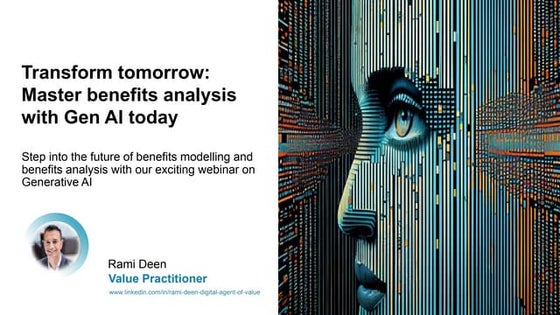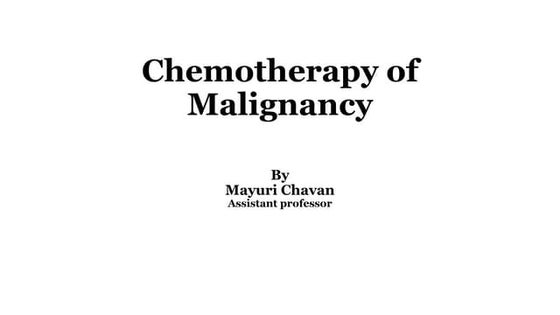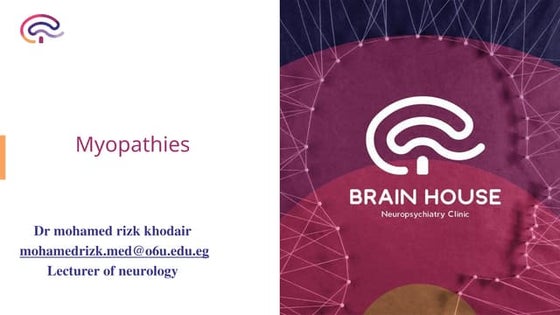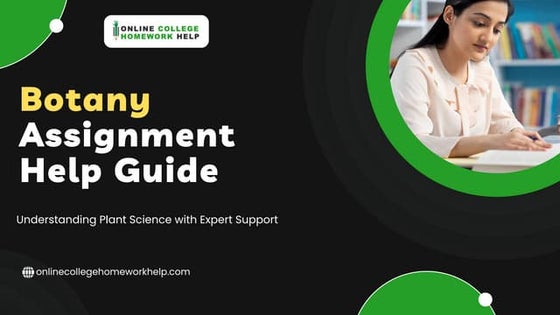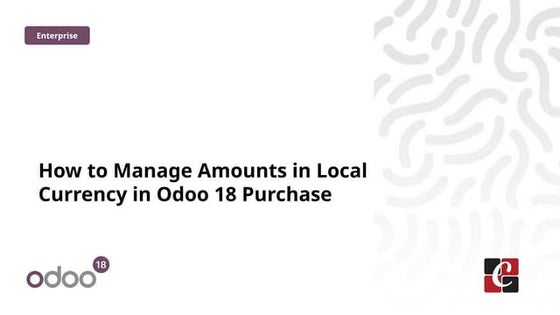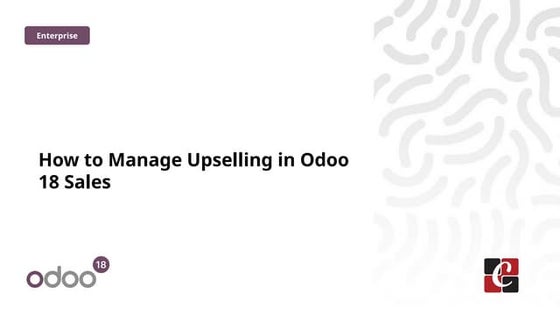Overview Well-Being and Creative Careers
- 1. Mark Deuze University of Amsterdam [email protected] @markdeuze
- 7. data: stress, depression, exhaustion and fear, burn-out
- 9. data: extreme workloads, poor working conditions, uncertainty
- 11. data: discrimination, bullying, intimidation and aggression
- 16. data: passion, happiness, hope
- 18. the problem and its consequences
- 21. the explanation and solution
- 27. the individual
- 29. the organisation
- 31. the industry
- 34. and: love
- 36. “Many media workers love their jobs, but their jobs don’t always love them”
- 39. Mark Deuze University of Amsterdam [email protected] @markdeuze
Editor's Notes
- #1: 7 points in this presentation 1 – paradox most misery and greatest happiness 2 – the figures: stress, work pressure, misconduct/discrimination, leadership/management/policy, passion 3 – consequences: mental, emotional, physical, spiritual 4 – explanation and illness: (no) reciprocity, (in)justice, unusually demanding work 5 – approach: under the spell of control; no relationship between employment conditions/circumstances and work content/relationships, individualization of problems, unbelievable 6 – solutions: (individual) mental model; (organization) empathic leadership & professionalization; sector: connection between management & culture, collaboration/exchange 7 - love: recognition of intrinsic motivation, mobilization/collective organization, transformative power.
- #2: 1 – paradox most misery and greatest happiness Making your creativity your work feels like a privilege. We do this from intrinsic motivation: what drives us is our own satisfaction, it comes from ourselves. Making a film, addressing an injustice with investigative journalism, using a message to incite people to action, using music or dance to make someone forget their worries or change their mind: it is a labor of love – it is art for art’s sake – also because it often happens that you do this work unpaid. In addition - and perhaps because of this - there is a dark side to this work. Sometimes you pay a personal price for all that labor of love. You give a story everything, pull long nights, to really create something beautiful - and yet you are not even invited to apply for the next project. You lose your job or client even though everyone was happy with your work. The director, manager or boss showers you with compliments but a week later he curses you in front of all your colleagues “because this is the Champions League” - or worse, tries to get you drunk so you go to his hotel room. And every time you give it your all, it’s still not enough - you have to sell all that work yourself online, where a troll army is waiting that sometimes only seems to want to destroy you completely. On average, two-thirds of people in creative professions say that their work is not good for their health. On average, 1 in 10 of these professionals considers suicide because of circumstances at work. Most newcomers disappear almost as quickly as they arrive: for example, 70 to 80 percent of people in film and television never work on more than 1 production, young journalists often don’t last longer than 3 to 5 years, and game developers sometimes even experience being fired before they can start on the project they were hired for. Nearly half of all freelance journalists earn less than the minimum wage – and journalists are by far the best-paid workers in the cultural and creative sector of the economy. On average, half of all women in the cultural sector have experienced physical and verbal aggression or sexual violence, and three-quarters of all professionals have seen something like this happen. Almost no one reports it. All of this has enormous consequences. For the individual, for teams and organisations, for creativity and innovation, for diversity and inclusion, for the sector as a whole. Let it be clear: my story, my research and now my book, are about the enormous paradox that the creative career brings with it: it is fulfilling, hopeful and meaningful work, but it can also be a frustrating, even sickening way of working.
- #3: According to a review of health indicators by the Organisation for Economic Co-operation and Development (OECD), the prevalence of depression in 2023 at least 20% higher than pre-pandemic, and in some cases over double or triple the pre-pandemic rate. The 2024 Human Development Report of the United Nations Development Programme (UNDP) likewise signaled a widespread decline in well-being around the world, noting an apparent paradox: “Just a few years ago wellbeing had never been higher, poverty never lower. Yet people around the world were reporting high levels of sadness, stress and worry. Those self-reported measures have since risen for nearly 3 billion people.”
- #4: Recent news headlines (slide 1), industry reports (2) as well as increased scholarly attention (3) uncovers a ‘mental health crisis’ among media professionals worldwide
- #5: Recent reports on mental health & well-being among media professionals around the world suggest something of a mental health crisis (and a lack of mental health literacy, as well as little or no industry resources and policies to deal with this) Analysis of the underlying causes of the crisis reveals three areas (3C) with a direct correlation to poor mental health outcomes: conditions of work (unusually high work intensity, no work-life balance, loneliness), the industry’s culture (extraordinary prevalence of bullying and sexual harassment, feeling disposable or expendable, lack of accountability), and its capability to provide support for those who need it But ALSO: lack of nuanced approaches to mental health and wellbeing (wellbeing and mental health are not the same thing; high hedonic and/or eudaimonic wellbeing doesn’t mean no mental illness; low mental health does not have to be structural); what about link mental and physical health, and spiritual health;no theoretical basis; poor construct validity; reliance on (online) surveys/self-reports; no use/indiscrimenate use of tools (DASS, etc), poor reporting of findings. From Taking Care report in Canada (Seglins) consequences: lower quality, less productive work no fun, rise of cynicism employee absence staff turnover presenteeism (people still keep going to work through periods of mental ill health). suicides loss of (diverse) voices as some at greater risk: freelancers, workers supporting vulnerable contributors, those working with distressing content, women, ethnic minorities, disabled workers, lesbian, gay or bisexual workers, and people with caring responsibilities. people more likely to engage in unhealthy lifestyle practices, such as lack of regular physical activity, poor nutrition and overeating, smoking and other substance abuse, irregular and inadequate sleep, and failure to visit health care practitioners regularly.
- #6: some recent academic books on media production very few on what it is (really) like.
- #7: 2 – the numbers: stress, workload, misconduct/discrimination, leadership/management/policy, passion
- #8: between 33 (Adv/MarC/PR) and 76 percent (FTV) indicate that the work has a negative impact on their health stress: fear, worry, tension is a permanent part of the work: between 24 percent (dancers), 42 (A/M/PR), 60 (theatre), 71 (music), 80 (social media) and 91 (ftv) symptoms associated with depression: 56 AMPR 60 Media 76 SM 82 FTV had or close to burnout: 70 RMPR 63/78 SM loneliness/isolation 51 M,
- #9: Extreme workload as a daily practice ethnic/gender wage gap, fair pay calculator, journalism has a price, ‘cost-of-working’ crisis unclear/unrealistic expectations glorifying overtime unbearable emotional demands no feedback/support/guidance/benchmarking/evaluation uncertainty and unpredictable
- #10: overwork, crunch
- #11: Working style as a way of working and interacting no/little/wrong support taboo/stigma/mh not taken seriously (78 RMPR) Discrimination 72 M, 85 G, Misconduct 62 Music
- #12: engaged/committed/passionate/emotional work & lack of diversity, culturally homogenous (ideals) https://www.lkca.nl/artikel/onderzoek-discriminatie-en-racisme/ 5 januari 2024 Nieuw onderzoek naar discriminatie en racisme in de sport- en cultuursector Four striking results from the research: Discrimination and exclusion occur at all levels of the sector: staff, programming, public and collaboration partners. This results in a lack of representation and a sense of inclusion. There is too little reflection on the creation of (colonially acquired) collections. Within boards and management, employees with an ethnicity other than Dutch white are underrepresented. There is too little sense of urgency to put discrimination and exclusion on the agenda and make them a topic of discussion
- #13: Media average percentage: 75 (witnessed & experienced abuse) 34/26 RMPR FTV 86 (74 NL) M 67 (50 NL) J 64 women/41 overall creative sector generally: 95 C specifically discrimination 72 M, 85 G
- #15: what is needed: empathic/inclusive and well-supported leadership social support, realistic planning & expectations transparency code of conduct, policy on social safety (enforceable, codetermined by workers, grounded in culture) collective organization
- #16: Passion as meaning-giving glorifying/pride in overwork/stress (unbearable) emotional demands, emotional labor Hopelessness/hopelessness (due to uncertainty/unpredictability) Romantic rhetoric of the free spirit, the crazy artist, paradox; it's just a hobby - it's 'way of life’; rock’n’roll lifestyle, play hard, et cetera
- #17: satisfied and happy (as well as stressed, sceptical, negative) high scores for pride and happiness, lower scores for own job, lowest scores for own company
- #18: consequences: mental, emotional, physical, spiritual
- #19: The health crisis in the media industry consists of: Mental issues – with extremely high rates of anxiety, trauma, burnout and depression; Emotional concerns – (difficulty dealing with complex/distressing/negative emotions) suicidality, relationship issues, misconduct/transgressive behavior Physical issues – common substance abuse, industry drinking culture, unhealthy lifestyle, sleep issues and exhaustion Spiritual issues – including people experiencing moral injury at work and suffering from a loss of morale, a loss of a sense of shared belief (in doing a good job, craft mentality), disenchantment
- #20: The Cost of Ignoring Mental Health For an example of financial cost beyond (yet including) the media, Gallup’s State of the Global Workplace 2024 Report estimates that ‘low employee engagement’ costs the global economy 9% of global GDP.87 That same year, the World Economic Forum calculated that the global economy loses about 4% per year to poor mental health, estimating its cost greater than that of cancer, diabetes, and respiratory ailments combined. - “Impacting creativity, innovation and quality of work.” - “Lose talent and rising costs due to burnout and turnover.” - “Impacting our ability to tell authentic, impactful stories.” - challenging DEI initiatives - less able to compete with/make creative use of AI - complicates crucial notions of autonomy and agency in the industry (and vis-à-vis policymakers and other economic sectors)
- #22: Earlier insights from my research on the paradoxes of media work: Perhaps the relationship between pleasure and precarity is the most fundamental absurdity of professional media production and explains how media work can sometimes feel like an addiction. It provides occasional happiness and buzz, is extremely hard to stop/get out of, and can sometimes become detrimental to other aspects of people’s lives (like family and friends). The gap between vision and current reality – between romantic ideals/belief and how the industry works - is also a source of energy. The gap can indeed be the source of creative energy, a creative tension. Paradoxes point to exciting professional situations and their recognition offers opportunities for learning and development. Macro level: media industries that make it work, where work is profitable and loss-making datafication and creativity turned on and off impactful and disconnected Meso level: the organization of work, where work is artisanal and industrial informal and militarized dynamic and routined collective and fragmented Micro level: the individual at work, where work is empowering and exploitative liberating and interdependent idealistic and homogeneous pleasant and precarious
- #23: Key issue: what exactly turns pressures, stressors, and other potentially problematic aspects of media work into people getting sick on the job? Using the literature on work-related psychosocial risk factors for stress-related mental disorders, there is evidence for three key factors exhibiting the largest increased risk (varying from 60% to 90%) of stress-related disorders: lack of reciprocity at work, low organizational justice, and unusual high job demands. These three factors are applied to the typical circumstances of media work. in the medical literature a rich tradition of work outlines key work-related psychosocial risk factors for stress-related mental disorders (exhibiting the largest increased risk/incidence of SRD, varying from 60% to 90%), which generally seem to be typical for the media: effort and reward imbalance, low organisational justice, and unusual high job demands; and reason #2: this works vice versa: research that suggests clear relations between different kinds of worker well-being (pleasure & meaning), employee engagement, job performance, and overall quality of the work and the end-product or service being delivered;
- #25: A review of solutions currently available across various industries shows that most approaches are either individualized, or too abstract (general policy papers/industry protocols) Overall, one approach often chosen to deal with this comes down to solutionism: opting for simple solutions to a complex problem For example: countless covenants, policy papers and industry statements – suggesting an obsession with control; often little or no relationship between working conditions/circumstances and work content/relationships, contributing to an individualization of problems, and the people responsible for drafting/signing/implementing new rules/protocols are untrustworthy as these are generally also the people who benefited from the system (as it was). Workers feel such policies are box-ticking exercises
- #26: In the book, I highlight a couple of key overall possible solutions: - develop and challenge (individual) mental models of what ‘the work’ is all about - invest in (organizational) empathic leadership & professionalization - align (sector-wide) connection between management & culture and the different realities on the workfloor
- #27: "What can you do?" - "Prioritize self-care: set boundaries and seek help when needed." - "Build peer networks: foster supportive communities." - "Engage in continuous learning: improve mental health literacy."
- #28: “People feel they should be grateful. It depoliticises them, strips them of any feeling that they have rights.” Digital designer, UK (HesaMag 2020, p.46). Quote Sam Neill: this is not who I am, this is what I do From: The Show Must Go On: Ben Steel, 2019 https://www.imdb.com/title/tt6023110/
- #29: How Organizations Can Help: - "Establish Clear Policies for Safety and Inclusion." - "Train Empathic Leaders and Managers." - "Normalize Open Conversations About Mental Health."
- #30: Growing awareness about the significance of (new) leadership
- #31: "Building a Healthier Media Industry - "Breaking the stigma: Collaborate on mental health campaigns." - "Challenge myths about meritocracy: Advocate for fair hiring." - "Promote sustainable careers: Invest in wellbeing initiatives."
- #33: Examples from my home country, the Netherlands: Journalistiek: journalistiek heeft een prijs – NVJ campagne vanaf 2017-2019 Muziek: Fair Pop pilot (september tot en met november 2024; de fairPACCT-ketentafel voor popmuziek) Reclame: VIA + ADCN: Stiching Reframe, project DEI 2025 ; vertrouwenspersoon Gerda Arends-Ruitenberg sinds 2022 Film: Leidraad veilig en gezond werken av sector 2024 Games: Dutch Games Garden (2008-2025) kunst/cultuur: Fair Practice Code (sinds 2017) sector kunst, cultuur en creatieve industrie/Governance Code Cultuur en Code Culturele Diversiteit. Veilig de Vloer Op (2021) sociale media: …
- #34: And lets take love seriously love: recognition of intrinsic motivation, mobilization/collective organization, transformative power.
- #36: “despite evidence of a serious mental health crisis among our respondents, the top three emotional and psychological reactions to the pandemic that they identified were positive. They were: an increased sense of commitment to the importance of journalism (61%); love the job, hate the industry hot jobs in cool industries…
- #37: LOVE as (individual) life-affirming (in the face of amoral capitalism and purposeless creativity in the context of generative AI/churn/”linear” production) LOVE as (collective) mobilizing/affective organizing energy (new media unions, trade associations, reflective gatherings, collectives (The Liberty Guild in advertising) LOVE as transformative (if something has to change, it has to change structurally: code of conduct, fair pay, accountability systems, deinidividualizing risk).
- #38: In conclusion, short and sweet: take the love you have for the profession seriously. Do that together. In the current system, creatives are turned into capital by an industry that does not always care about them. We can turn this around. Use the love, the passion for the profession, to have better conversations with each other. Develop standards that matter and ways to reward each other. Make it a real management principle. In this way, the love for creativity no longer becomes a weakness or a problem, but a transformative force - a strength.
- #39: “I would argue that most media workers already have what it takes, it is just that the industry does not have what they need. This would include sufficiently professionalized leadership, clear and transparent policies, actual accountability regarding organizational justice, empowered and empowering managerial and peer support, and a shared willingness to take health and well-being seriously as the precondition to the terms these industries like to identify with: creativity, innovation, entrepreneurship and excellence.”




































































